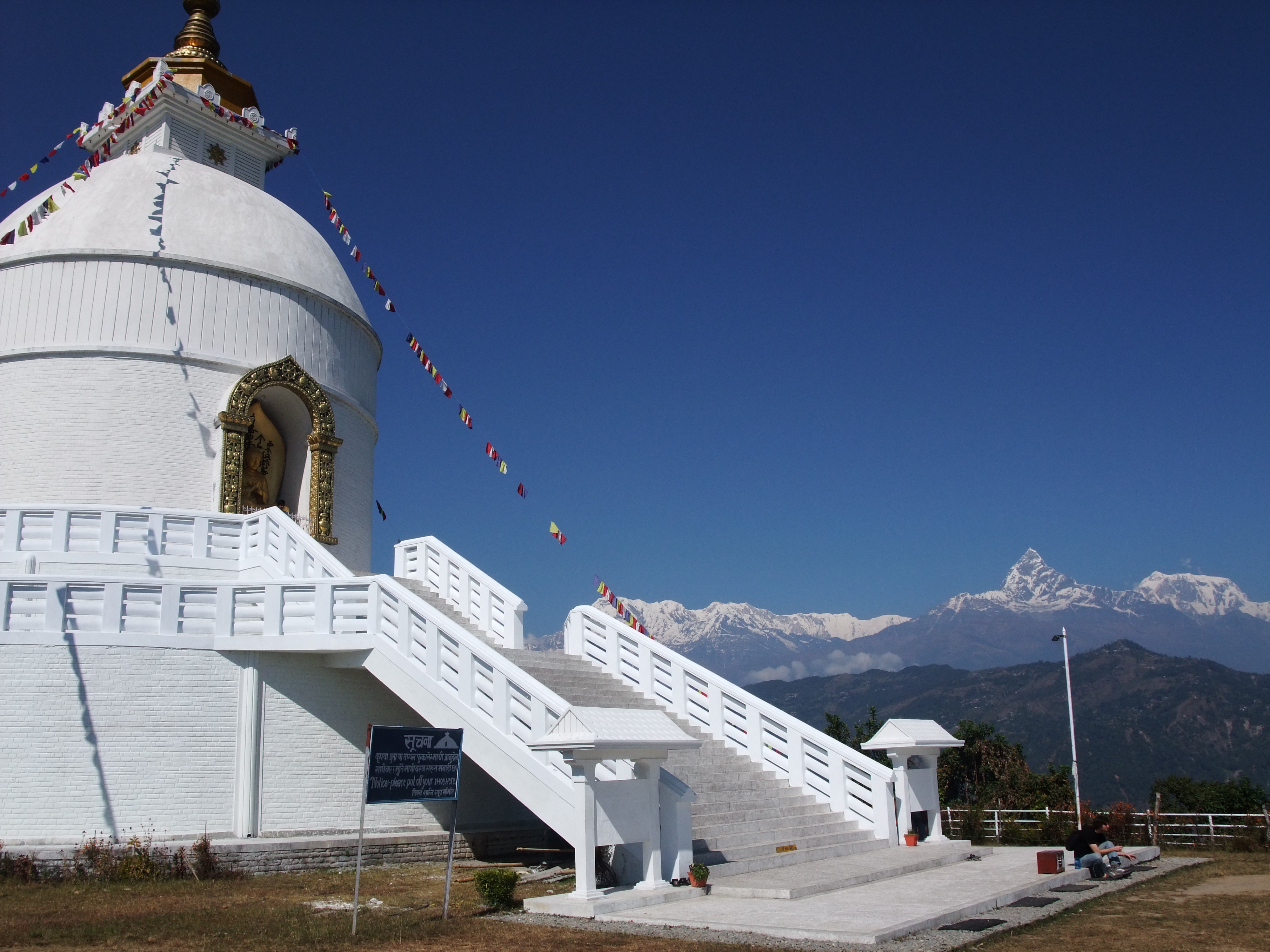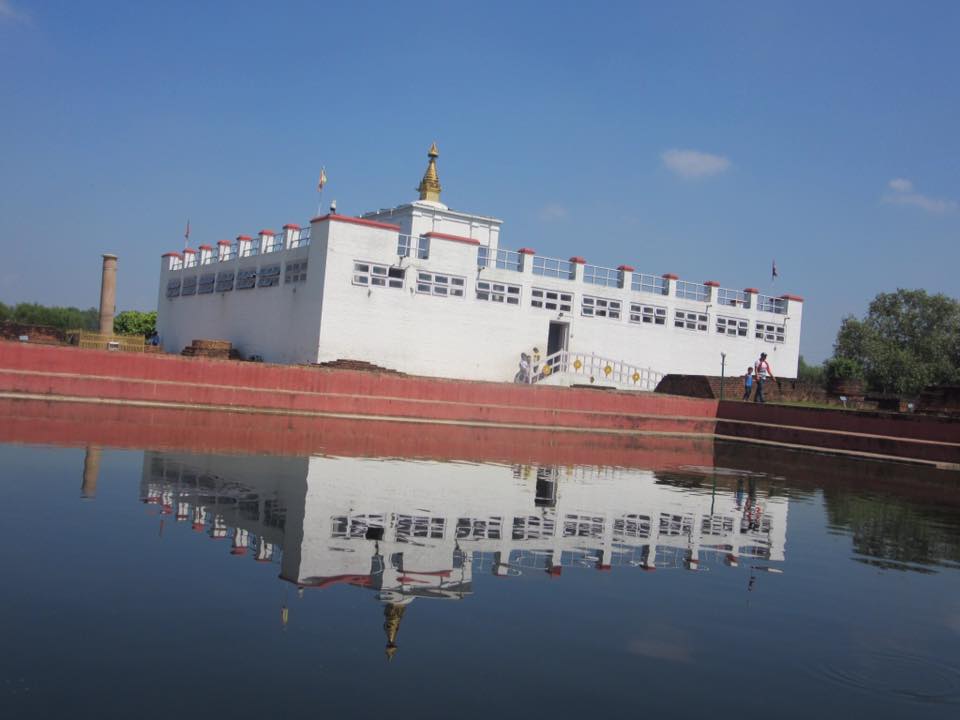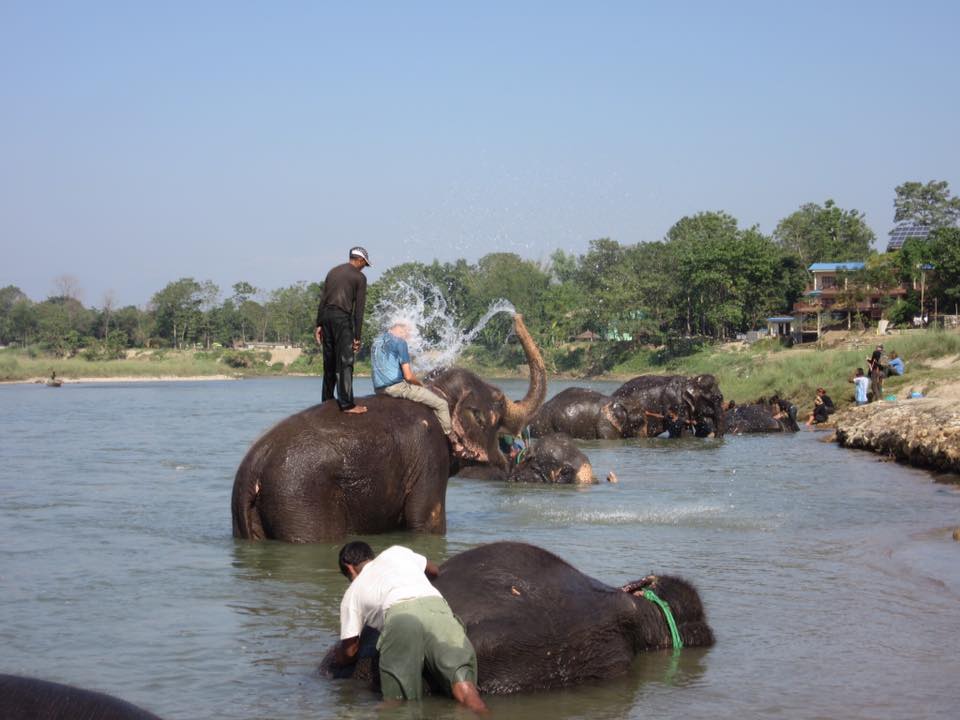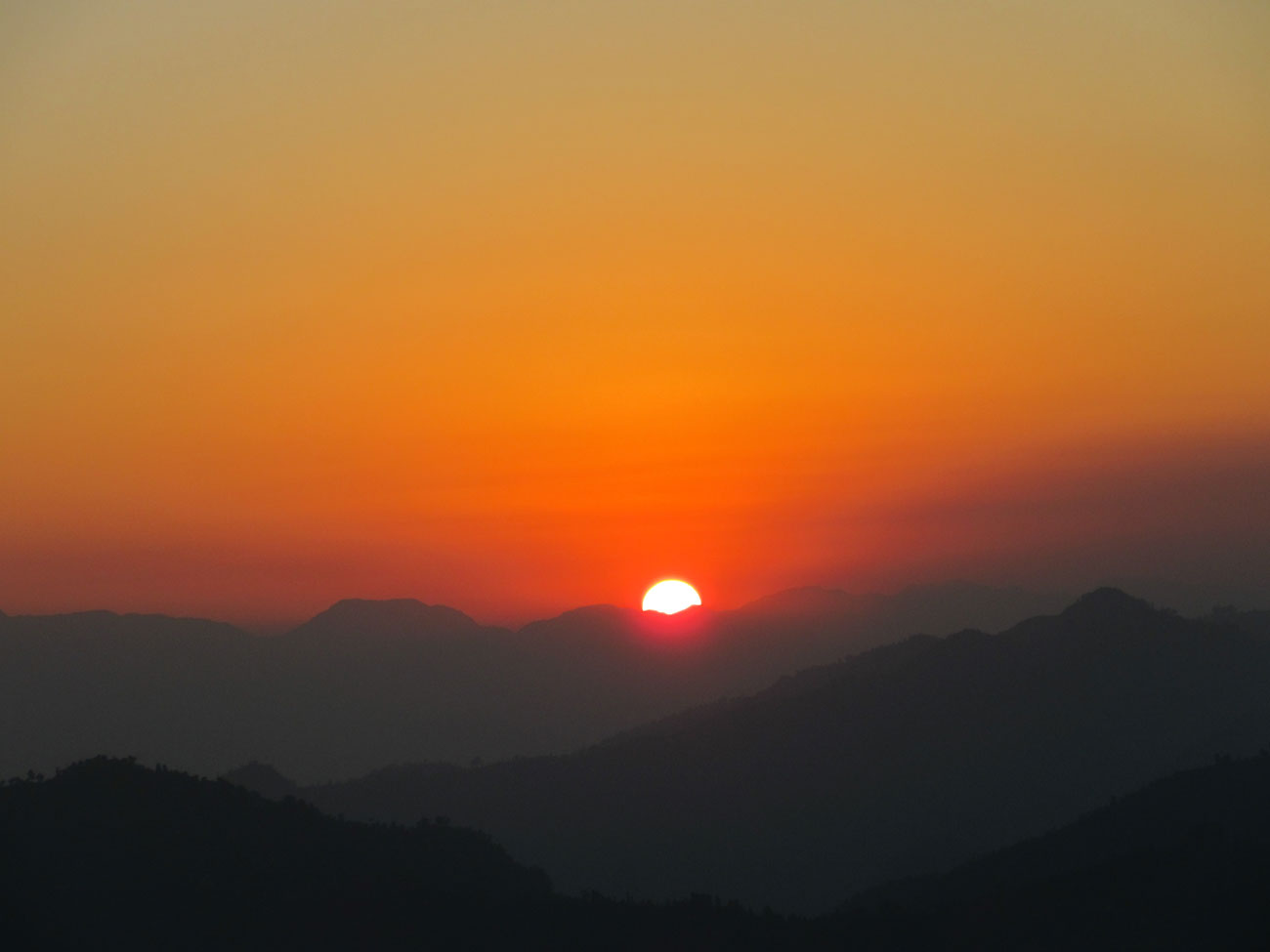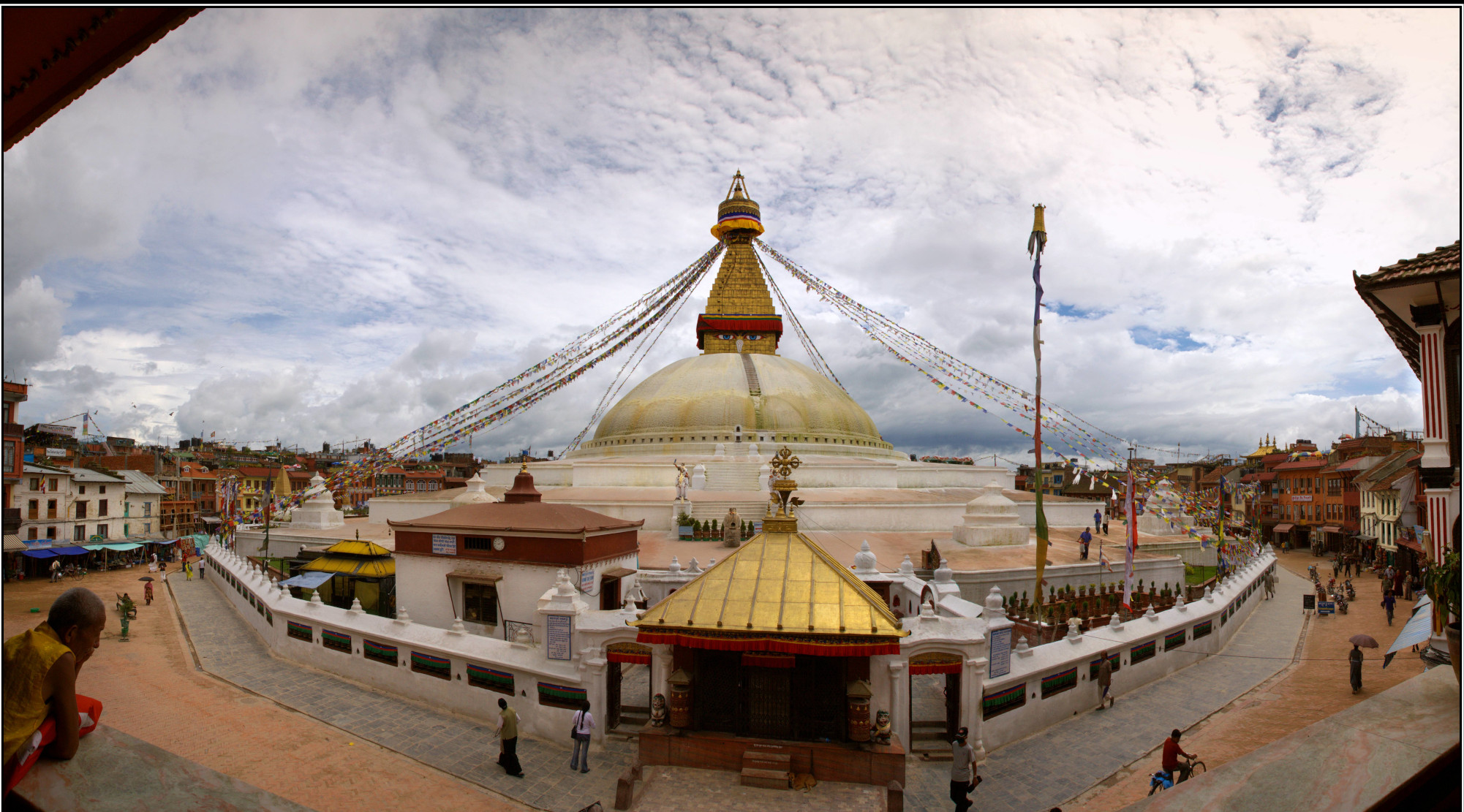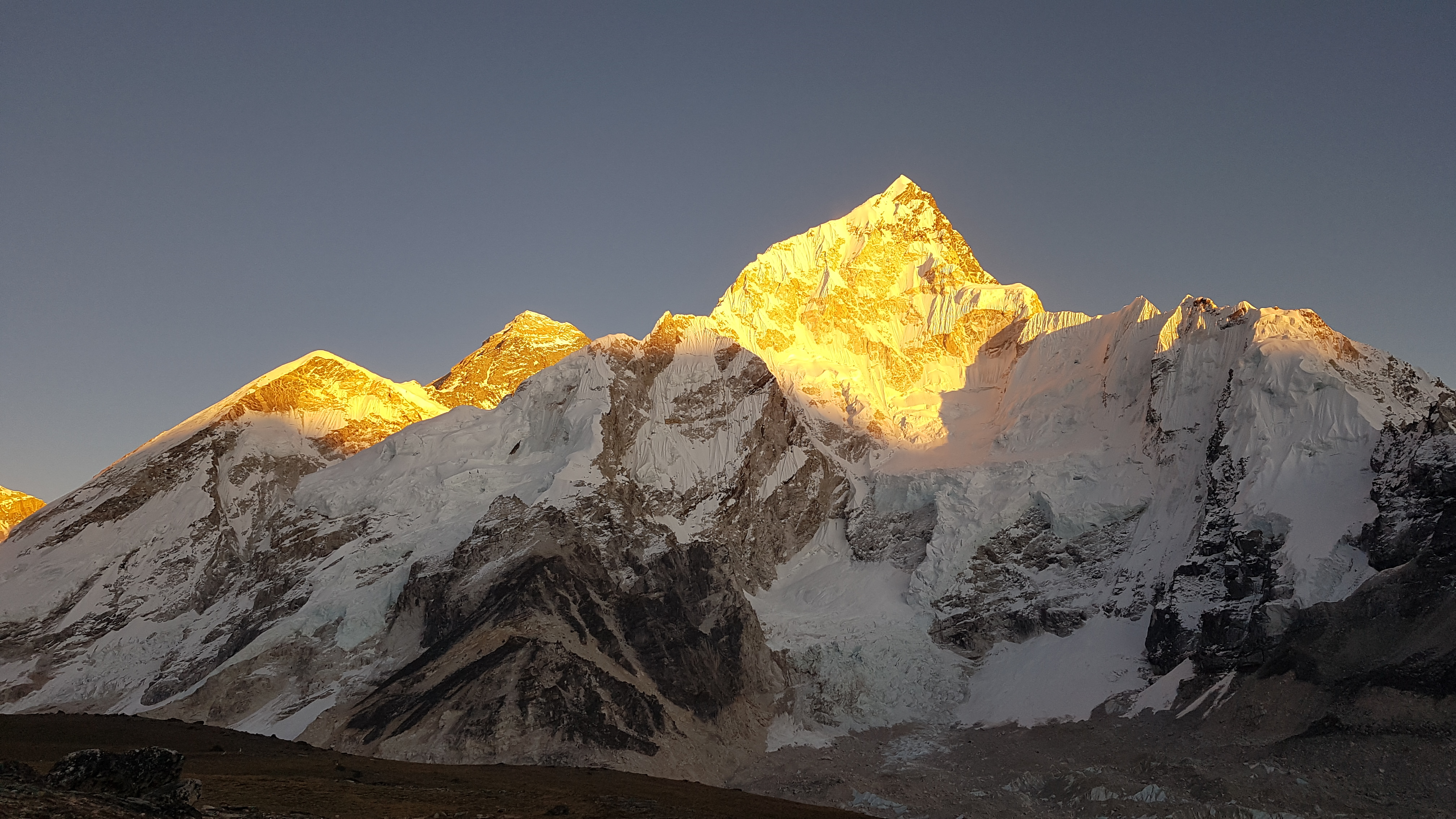Overview
Mount Everest Expedition (8,848.86 m)
The Everest Expedition is the ultimate dream for many mountaineers around the globe. Known in Nepali as Sagarmatha and in Tibetan as Chomolungma, Mount Everest is the highest mountain on Earth, straddling the border between Nepal and Tibet (China).
General Information
-
Elevation: 8,848.86 meters (29,031.7 feet)
-
First Ascent: May 29, 1953, by Sir Edmund Hillary (New Zealand) and Tenzing Norgay Sherpa (Nepal)
-
Location: Solukhumbu District, Nepal (Everest Region)
-
Best Season: Spring (April–May) and Autumn (September–October)
-
Climbing Duration: Approx. 60–65 days
-
Expedition Route (Nepal side): South Col Route via Khumbu Icefall
Trip Highlights
-
Reach the top of the world – Mount Everest summit
-
Trek through Sagarmatha National Park, a UNESCO World Heritage Site
-
Cross the dangerous Khumbu Icefall, climb the Lhotse Face, and experience the Death Zone
-
Support from experienced Sherpas and professional guides
-
Breathtaking views of Lhotse, Nuptse, Makalu, and Ama Dablam
Typical 60–65 Days Itinerary (South Side/Nepal)
Trekking & Acclimatization Phase
Day 01–03: Arrive in Kathmandu, preparation, briefings, and permit process
Day 04: Fly to Lukla (2,840m) and trek to Phakding (2,610m)
Day 05–09: Trek to Namche Bazaar, Tengboche, Dingboche, and reach Everest Base Camp (5,364m)
Day 10–14: Acclimatization hikes around Kala Patthar, Pumori Base Camp, etc.
Climbing Phase (Approx. 30–40 Days)
Everest is climbed in stages using 4 high camps:
-
Base Camp (5,364 m) – Rest, prepare gear, acclimatize
-
Camp I (6,065 m) – Cross Khumbu Icefall
-
Camp II (6,400 m) – Advanced Base Camp at Western Cwm
-
Camp III (7,200 m) – On the Lhotse Face
-
Camp IV (7,950 m) – South Col (entry to the Death Zone)
Summit Push (Day 45–55 depending on weather):
-
Leave from Camp IV for summit bid
-
Cross the Balcony, South Summit, Hillary Step and finally Summit
-
Return to Camp IV or Camp II
Descent & Return Phase
Day 56–60: Return trek from Base Camp to Lukla
Day 61–62: Fly back to Kathmandu
Day 63–65: Debriefing, rest, and departure
Expedition Package Includes
-
Everest Climbing Permit & Sagarmatha National Park Entry
-
Round-trip Kathmandu–Lukla flights
-
Trekking lodge & Base Camp full board
-
Camp set-up with tents, kitchen, solar power, and communications
-
Professional Sherpa guides (1:1 or 1:2 ratio)
-
High altitude food, oxygen bottles & masks
-
All group climbing gear and logistics
-
Insurance for Nepali staff and porters
-
Satellite communication at Base Camp
Excludes
-
Personal climbing gear (down suit, boots, harness, etc.)
-
Additional oxygen or personal Sherpa bonus
-
Tips & summit bonus for Sherpas and staff
-
Insurance, medical evacuation, and helicopter rescue
-
Meals in Kathmandu, visa fees, and international airfare
-
Costs incurred due to delays, weather, or emergency
Risks & Challenges
-
Altitude sickness above 8,000 m (Death Zone)
-
Khumbu Icefall is highly dangerous and unstable
-
Unpredictable weather, especially high winds and storms
-
Physical and mental exhaustion
-
Crowding on summit day
-
Requires technical climbing skills, endurance, and mental resilience
Famous Everest Climbers
-
Tenzing Norgay & Sir Edmund Hillary (First ascent, 1953)
-
Apa Sherpa (21 ascents)
-
Kami Rita Sherpa (Record holder with 30+ ascents as of 2024)
-
Junko Tabei (First woman to summit Everest, 1975)
Eco & Ethical Considerations
-
Everest faces issues with waste, crowding, and glacial retreat
-
Many teams now follow "Leave No Trace" policies
-
Nepal Government requires USD 4,000 deposit per climber for waste management
TRIP HIGHTLIGHTS
- Trip Highlights 1. Base Camp Experience (5,364m) Spend time at the iconic Everest Base Camp, where climbers from around the world gather. Surrounded by Khumbu Icefall and massive Himalayan peaks. 2. Khumbu Icefall Crossing Navigate one of the most technical sections of the climb with fixed ropes and ladders. Led by expert Sherpas for safety. 3. Acclimatization and Rotation Climbs Several rotations to higher camps: Camp I (6,065m), Camp II (6,500m), Camp III (7,300m), and Camp IV (7,900m) on the South Col. Each stage prepares your body for thin air at high altitudes. 4. Summit Push Departing from Camp IV late at night, climbers make their summit bid early morning. Pass through Hillary Step, South Summit, and Cornice Traverse. Stand on the Everest summit with 360° views over the Himalayas and beyond. 5. Sherpa Support Guided by world-renowned Sherpa climbers, carrying loads, setting up camps, fixing ropes, and ensuring safety. 6. Rich Sherpa Culture Explore Tengboche Monastery, Namche Bazaar, and other Sherpa villages. Learn Buddhist traditions and prayer rituals for mountain protection. 7. Scenic Mountain Flight Fly into Lukla, one of the world’s most thrilling airstrips, with stunning views of the Himalayas. 8. Wildlife and Landscapes Experience varied terrain from green alpine forests to stark glacier landscapes. Spot Himalayan tahrs, musk deer, snow pigeons, and prayer-flag-draped cliffs. 9. Team Camaraderie International expedition teams bond through hardship, shared meals, and the dream of the summit. 10. Personal Triumph Achieving the summit of Everest is a testament to discipline, training, endurance, and resilience.
You may also like
Awesome Destinations of Nepal
